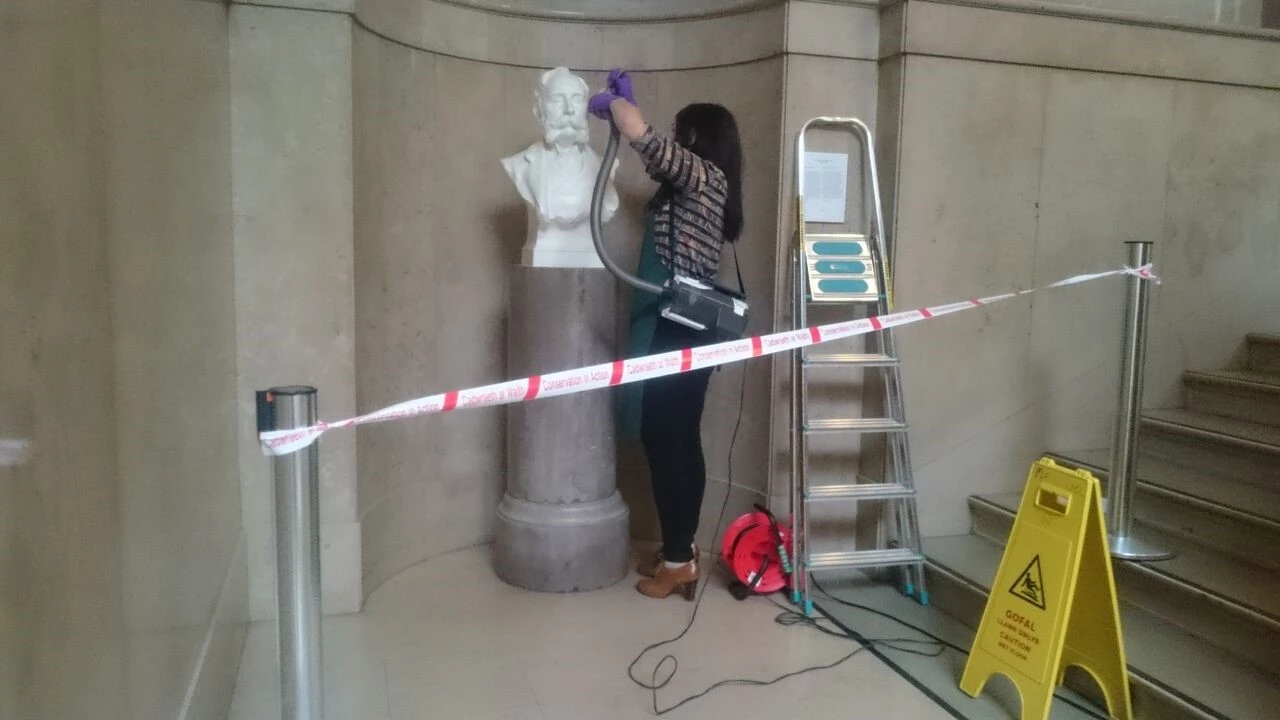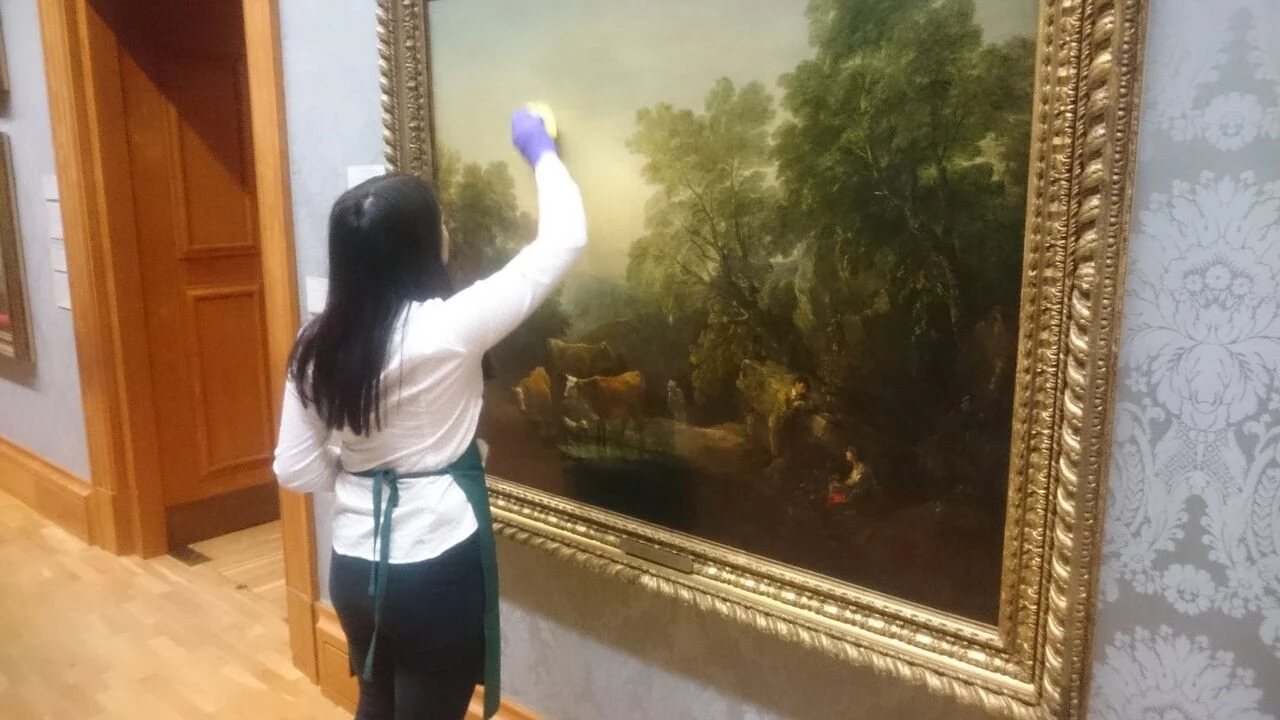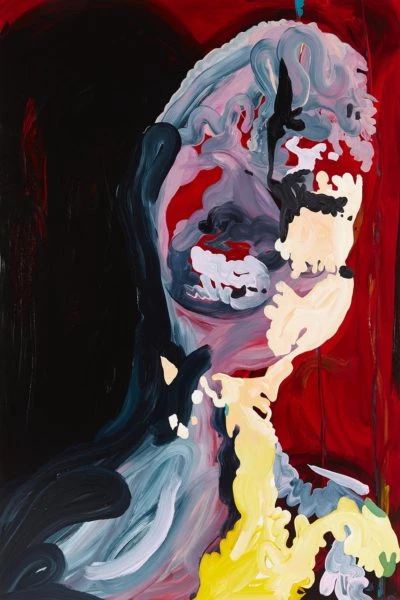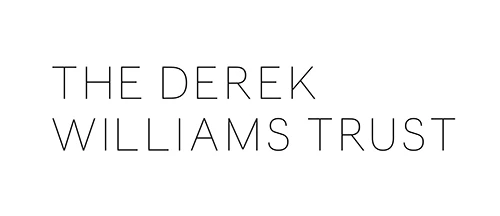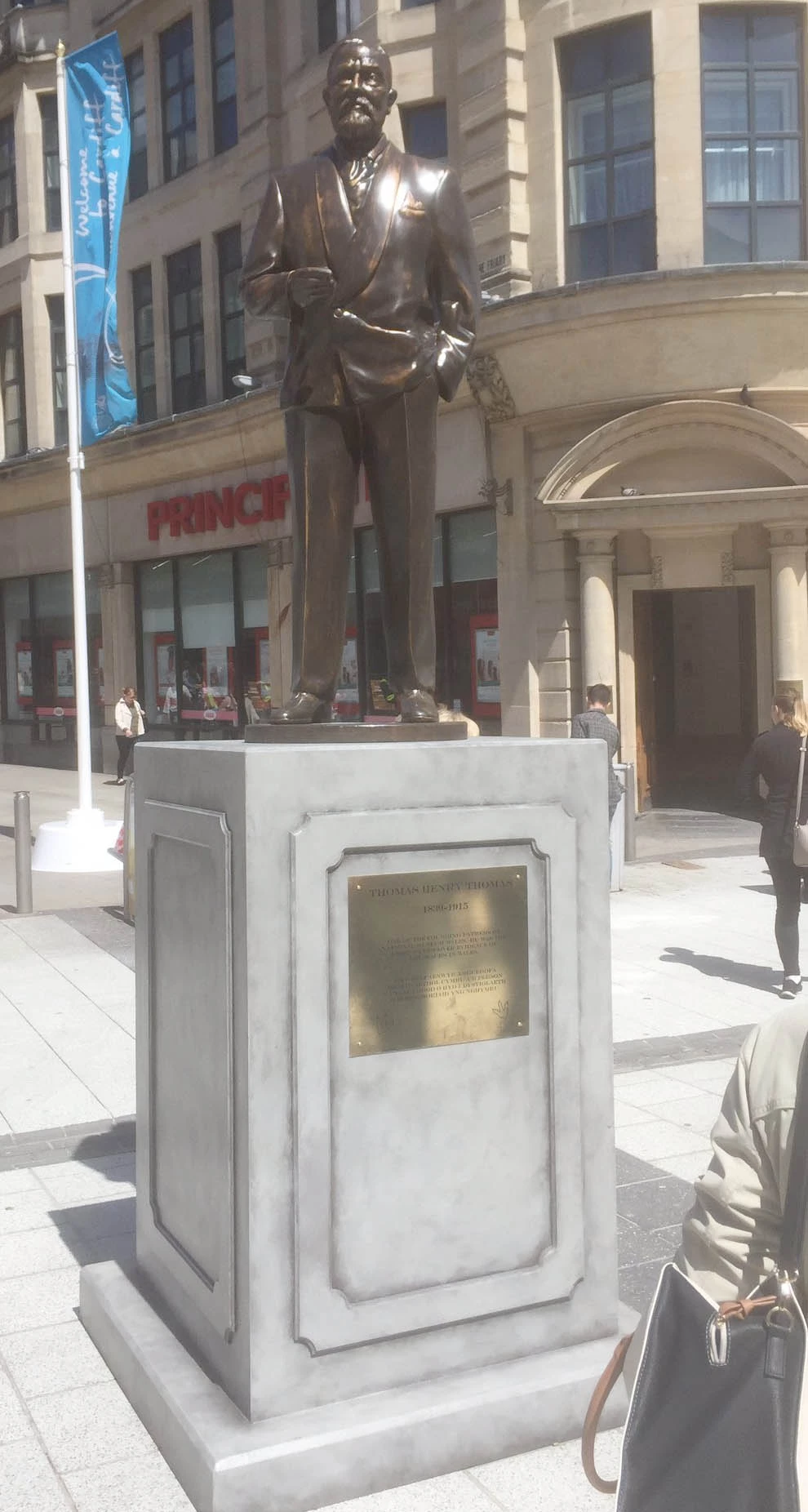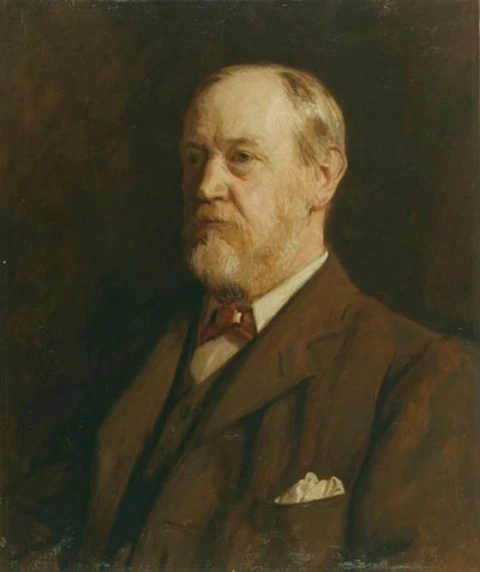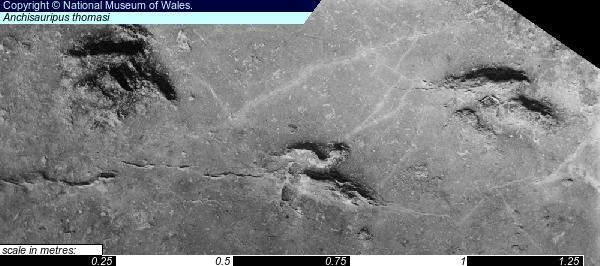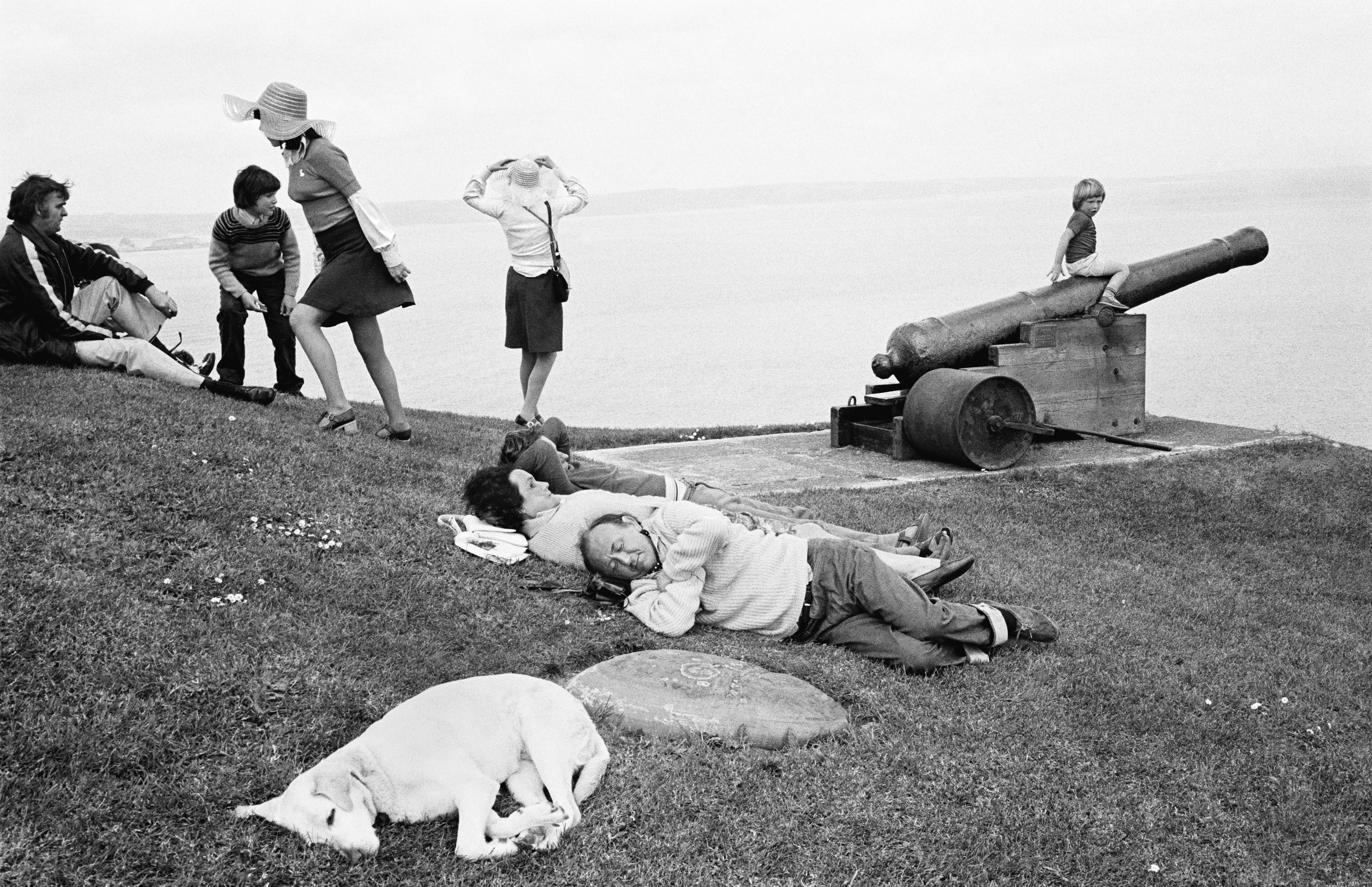Working in the galleries
, 5 Mehefin 2017
Museum displays get dusty, inevitably, but this dust won’t be there for long. Armed with a paintbrush and a portable vacuum cleaner the Preventive Conservation team is ready to move through the museum galleries, cleaning as we go.
Once upon a time, gallery maintenance was an activity hidden behind closed doors, only undertaken when there were no visitors in the building. But things are changing, and what we once did behind closed doors now happens whilst the museum is open. Everyone can see what happens behind the scenes and Preventative Conservation becomes a temporary display itself. By working in front of an audience we can explain what we do and why we do it, after all it may look strange carefully dusting a painting. If it looks as if we smudge the paint on a painting: we don't - we are actually cleaning finger prints off the protective glass.
So why do we have to do this in the first place? Firstly dust doesn’t look very good, especially when you notice the frame and even the protective glass has dust on it – things like that would give a museum an air of neglect. But this is not the only reason; dust also has the potential to damage our museum’s collections. Dust can become sticky and attracts water (hygroscopic), which can cause mould. Dust can also attract pests, leaving museum collections vulnerable to damage from insects. By cleaning museum collections we can prevent dust build up, reducing risks to collections.
Museum collections will always need to be looked after, and removing dust is one simple way we can prevent multiple forms of damage to our heritage. Keep a look out for us in the museum galleries brushing a sculpture, we are always happy to talk about what we are doing!
P.S. Look out for the other activities we are doing in the galleries, we may be repackaging museum collections to reduce the risk of pest damage, checking pest traps, or cleaning the Natural History and Geology displays. There is always Preventative Conservation to do in the museum!
This guest blog was written by our volunteer Will Tregaskes who is giving a talk on this subject at the 'Conservation Matters in Wales' conference on Thursday 8th June 2017 at Glynn Vivian Art Gallery, Swansea.
Find out more about Care of Collections at Amgueddfa Cymru - National Museum Wales here and follow us on Twitter.
